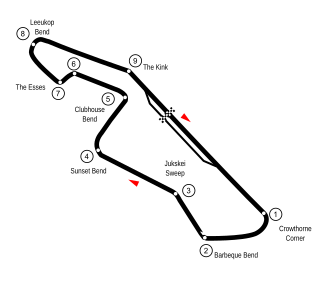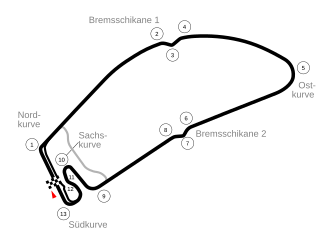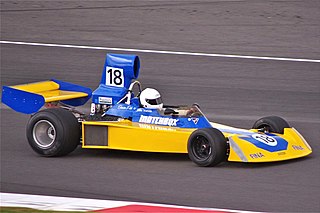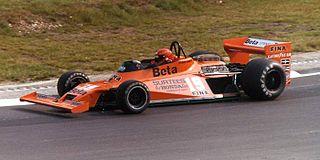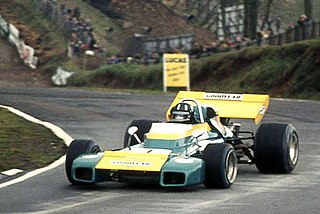| Category | Formula One | ||||||||
|---|---|---|---|---|---|---|---|---|---|
| Constructor | Fittipaldi Automotive | ||||||||
| Designer(s) | Ralph Bellamy | ||||||||
| Predecessor | Fittipaldi F5A | ||||||||
| Successor | Fittipaldi F7 | ||||||||
| Technical specifications [1] [2] | |||||||||
| Chassis | Aluminium alloy monocoque | ||||||||
| Suspension (front) | Double wishbones, coil springs | ||||||||
| Suspension (rear) | Double wishbones, coil springs | ||||||||
| Axle track | F: 1,524 mm (60.0 in) R: 1,575 mm (62.0 in) | ||||||||
| Wheelbase | 2,780 mm (109 in) | ||||||||
| Engine | Ford Cosworth DFV 2,993 cc (182.6 cu in) V8 naturally aspirated, mid-mounted | ||||||||
| Transmission | Hewland FGA 400 5-speed manual | ||||||||
| Weight | 582 kg (1,283 lb) | ||||||||
| Fuel | Shell | ||||||||
| Tyres | Goodyear | ||||||||
| Competition history | |||||||||
| Notable entrants | Fittipaldi Automotive | ||||||||
| Notable drivers | |||||||||
| Debut | 1979 South African Grand Prix | ||||||||
| |||||||||
| Constructors' Championships | 0 | ||||||||
| Drivers' Championships | 0 | ||||||||
| n.b. Unless otherwise stated, all data refer to Formula One World Championship Grands Prix only. | |||||||||
The Fittipaldi F6 was a Formula One car designed by Ralph Bellamy and used by Fittipaldi Automotive in the 1979 Formula One season. The engine was a Ford Cosworth DFV, and the car was driven by Brazilian Emerson Fittipaldi but achieved no points during the season. The car was modified to become the F6A, used later in 1979 and was succeeded by the Fittipaldi F7.
Formula One is the highest class of single-seater auto racing sanctioned by the Fédération Internationale de l'Automobile (FIA) and owned by the Formula One Group. The FIA Formula One World Championship has been one of the premier forms of racing around the world since its inaugural season in 1950. The word "formula" in the name refers to the set of rules to which all participants' cars must conform. A Formula One season consists of a series of races, known as Grands Prix, which take place worldwide on purpose-built circuits and on public roads.
Ralph Bellamy is a retired motor racing car designer and engineer. Born 4 February 1938 in Eastwood, Sydney, New South Wales he worked for various teams such as Brabham, Ensign, Fittipaldi, Lola and McLaren.
Fittipaldi Automotive, sometimes called Copersucar after its first major sponsor, was the only Formula One motor racing team and constructor ever to be based in Brazil. It was formed during 1974 by racing driver Wilson Fittipaldi and his younger brother, double world champion Emerson, with money from the Brazilian sugar and alcohol cooperative Copersucar. The team raced under a Brazilian licence. In 1976, Emerson surprised the motor racing world by leaving the title-winning McLaren team to drive for the unsuccessful family outfit. Future world champion Keke Rosberg took his first podium finish in Formula One with the team.
